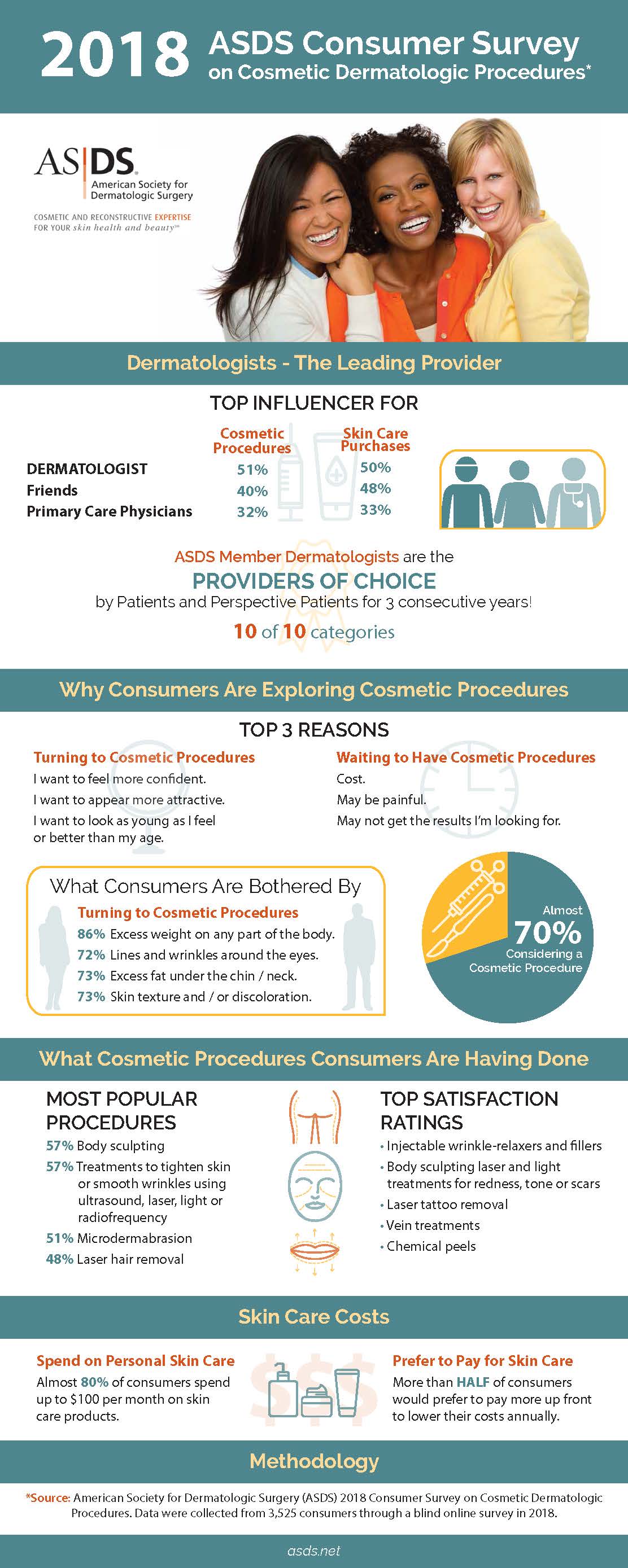Finding Online Communities For Acne Support
Finding Online Communities For Acne Support
Blog Article
Acne Therapy - What Are AHAs in Acne Treatment?
AHAs are an essential component for unclogging pore clogs and brightening acne-prone skin. They work by breaking down dead skin cell buildup to advertise newer, fresher cells, and avoiding future clogs.
Creating topical AHAs necessitates precise interest to numerous vital elements that substantially influence their efficiency and tolerability. Maintaining the optimal pH range, together with automobile option and focus, amplifies their exfoliative characteristics while alleviating possible damaging responses.
Glycolic acid
Glycolic acid is known for its mild yet effective exfoliating residential properties, which advertise skin's all-natural losing and loosen up the "adhesive" that holds dead cells on the surface of the skin. This helps unclog pores and reduce the appearance of fine lines and creases, in addition to boost total skin appearance and tone.
Surprisingly, topical glycolic acid has also been shown to stimulate the production of collagen, which is crucial in maintaining skin's firmness and elasticity. It is essential to note, nevertheless, that since glycolic acid can promote the skin's sensitivity to sunlight, it is necessary to wear sunscreen when using any type of products containing this ingredient.
Dermatologists pay cautious attention to the formulation of products containing AHAs in order to optimize their efficiency and tolerability. Creating AHAs with the ideal lorry, in addition to pH and focus factors to consider, enables ideal skin penetration while reducing potential adverse reactions. This is particularly crucial for patients with delicate skin, given that AHAs are recognized to be slightly annoying.
Lactic acid
Lactic acid is discovered in numerous over-the-counter skin care items and some more powerful expert peels and treatments. It has the lowest molecular weight of all the AHAs and is able to pass through much deeper right into the skin, where it is a lot more efficient at unclogging pores and exfoliating.
Like glycolic acid, it also boosts collagen synthesis, which aids reduce fine lines and wrinkles and boost skin appearance. Furthermore, it has moisture-retention homes, which makes it more suitable for drier skin kinds than various other AHAs.
The comprehensive body of medical data substantiating the efficiency of topical AHAs sustains their energy in a large range of dermatological afflictions and visual worries. These include intricate skin restoration treatments, attenuation of fine lines and creases, lightening of hyperpigmentation, restorative intervention for actinic keratosis, and acne monitoring [2] Enhancing the formulation of AHAs by stabilizing pH, focus, and car selection better improves their restorative potential. These mindful factors to consider enable dermatologists to supply risk-free and effective treatments that provide remarkable clinical outcomes.
Mandelic acid
Mandelic acid, derived from almonds, is one more member of the AHA household and is a popular component in items that assist treat acne. Its bigger molecular size means it passes through the skin much more gradually and carefully, which can reduce the possibility for inflammation. It's rejeron facial also much less likely to cause inflammation and other skin level of sensitivity issues, making it ideal for sensitive skin types.
Mandelic Acid is believed to help reduce swelling and boost hydration. It functions by loosening the bonds in between dead skin cells, enabling them to shed and expose fresher-looking skin. It also helps in reducing the appearance of bigger pores.
Formulating topical items with AHAs requires a specific balance of vital elements that significantly affect their efficacy and tolerability. Particularly, the pH of an AHA formulation has actually been shown to play an important role in its capacity to promote peeling and enhance complexion and texture. Attaining this optimal focus is a challenging objective and requires thorough attention to the numerous elements that influence the formulation procedure.
Citric acid
Citric acid, located in citrus fruits such as oranges and lemons, is a moderate AHA. It's much less irritating than glycolic or lactic acid, making it preferable for sensitive skin. It likewise has astringent properties, assisting to dry excess oil.
Like other AHAs, citric acid can be utilized in chemical peels and daily active/maintenance treatments to scrub the skin and promote cell turn over. It can help in reducing the appearance of dark areas and hyperpigmentation, along with fine face lines.
It can additionally enhance the synthesis of glycosaminoglycans, which play a vital role in enhancing the skin obstacle function. This assists to avoid trans-epidermal water loss, and maintain ideal hydration degrees in the skin [35]
AHAs can be combined with relaxing active ingredients such as ceramides or hyaluronic acid to improve their tolerability. They can be integrated right into daily active/maintenance skincare with lotion or serum formulas. This permits practitioners to customize their AHA therapies based upon client requirements and choices, with the flexibility of selecting from various therapy intensities or concentrations.